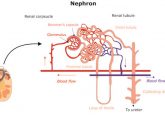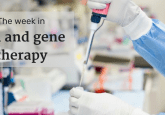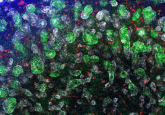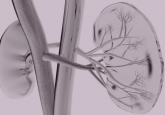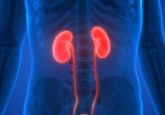Could gene therapy overcome medication shortfalls for children with kidney disorders?

Preclinical investigations of a gene therapy for kidney disease has produced promising results, potentially addressing unmet therapeutic need for children with kidney disorders.
Children who live with the kidney disease nephrotic syndrome are one step closer to curative treatment due to a recent breakthrough in gene therapy design by researchers at the University of Bristol (UK). The research team, led by Moin Saleem, has had significant preclinical success with a gene-replacement approach to treat the condition.
Nephrotic syndrome is a kidney disease characterized by damage to the kidneys’ filtration units, known as the renal corpuscle, often as a result of mutations in the gene NPHS2, which encodes the protein podocin. As a result, large amounts of protein leak into the urine from the blood. This comes with a host of problems, including a higher risk of blood clots, infections and kidney damage. Currently, nephrotic syndrome is treated with steroid medications, yet 10% of children with the condition are steroid-resistant, a characteristic that is commonly associated with NPHS2 mutation. This condition, steroid-resistant nephrotic syndrome, currently has no effective targeted treatment options and requires a lifetime of blood transfusion and kidney dialysis.
To combat the deficiency of functional podocin in the podocytes of the kidneys’ renal corpuscles, Saleem’s team designed a gene therapy using the adeno-associated virus AAV-LK03 as the delivery vesicle, which they identified as being a highly efficient transducer of podocytes, to deliver NPHS2 to these cells.
Kidney organoids used to reveal genes involved in preventing irreversible kidney damage
A compound was discovered in kidney organoids that can support DNA repair, which prevents irreversible damage and chronic kidney disease development.
Testing the therapy in the human-derived mutant podocytes in vitro the team was able to rescue the functionality of the cells. When tested with NPHS2 knockout mouse models the therapy successfully improved their condition. In addition to this, they found that the gene therapy was successful when used as a prophylaxis as well as when used as a therapeutic. These developments give hope for the arrival of a novel gene therapy for monogenic kidney diseases.
“We are hoping that this treatment could be curative. You keep the same podocytes for life, so if we can change their gene expression right at the beginning of the disease, we should be able to prevent this disease from progressing.,” commented Saleem, “With most kidney diseases, there is a reasonable window of opportunity, often years, before you get irreversible damage to the kidneys, where we would hope to be able to intervene with gene therapy and avoid the need for dialysis or transplantation.”

